In today’s progressively interconnected world, the capability to function collaboratively is a critical skill. As standard educational paradigms advance to meet the demands of the 21st century, collaborative knowing emerges as a critical idea. This article explores the complexities of collective knowing, discovering its benefits, approaches, and obstacles, while offering understandings right into just how student-driven encyclopedia it forms modern education and learning.
Collaborative understanding surpasses just collaborating.

It symbolizes an academic strategy where individuals take part in a cumulative initiative to gain knowledge, fix issues, and attain a typical goal. This technique highlights the worth of variety in thought and cultivates deeper understanding through communication and shared experience.
The Advantages of Collaborative Learning
Collaborative knowing offers a myriad of advantages, making it a preferred strategy in educational settings around the world. Among the main benefits is the improvement of vital thinking abilities. As learners engage with peers, they are exposed to various point of views, urging them to assess and examine details much more critically.
One more considerable advantage is the renovation in communication abilities. Joint discovering atmospheres require energetic listening, articulate expression of concepts, and considerate discussion. These abilities are indispensable, not simply academically, yet in expert and social contexts too.
Cognitive growth is also especially boosted with collaborative initiatives. Collaborating requires learners to verbalize their reasoning, difficulty presumptions, and incorporate different point of views, resulting in much deeper cognitive processing and retention.
- Boosted vital assuming
- Enhanced communication skills
- Raised cognitive advancement
- Higher retention prices
- Cultivating of social and leadership abilities
The advancing result of these benefits is an extra holistic instructional experience. Learners not just acquire knowledge but likewise develop essential life skills that prepare them for future collaborative endeavors in any type of area.
Methods for Efficient Collaborative Knowing
Applying collaborative knowing effectively needs thoughtful strategy and planning.
Educators should produce an atmosphere conducive to collaboration, where learners really feel risk-free and inspired to get involved freely. Here are some strategies that can promote successful collaborative knowing experiences.
Firstly, establishing clear goals and expectations is vital. When learners understand the objectives and their functions within the team, they are most likely to involve meaningfully. Educators must connect these purposes explicitly and guarantee they are straightened with the educational program.
Second of all, making use of varied team frameworks can improve the understanding experience. By differing group structure, Why did trade often lead to cultural exchange? My Unit is Islam chapter 5 lesson 1 whether by skill degree, interest, or background, instructors can promote vibrant interactions and a more detailed understanding of the product.
Challenges in Collaborative Understanding
While joint knowing offers many advantages, it is not without its obstacles. One typical problem is the disparity in group member participation. Some individuals may dominate discussions, while others may be much less inclined to contribute, leading to an imbalance in the understanding experience.
- Diverse degrees of engagement
- Prospective for conflict
- Time monitoring problems
- Varying levels of dedication
Moreover, conflicts can develop because of differing opinions, working designs, or misconceptions. Educators has to be furnished to handle these problems efficiently, fostering an atmosphere where respectful discussion dominates.
The Function of Technology in Collaborative Discovering
In the digital age, innovation plays a critical duty in promoting collective discovering. On the internet systems break geographical barriers, enabling individuals from diverse areas to work together in real time. These devices offer a wide range of functions that enhance collaborative initiatives, from shared papers and conversation forums to online conference rooms.
Modern technology not only expands the extent of who can join collaborative knowing however also enriches the quality of communication. Learners can access a larger variety of sources, engage with interactive web content, and use their expertise in innovative methods.
Future of Collaborative Understanding
Looking ahead, the future of collaborative knowing shows up promising. As educational institutions continue to welcome modern technology and innovate instructional methods, collaboration will likely come to be a foundation of discovering experiences in any way degrees of education.
Eventually, the essence of collaborative understanding depends on its capability to empower people through shared initiative and good understanding. As we move on, cultivating these experiences will be crucial in preparing learners not just to do well academically, however to grow in a complex, interconnected world.


